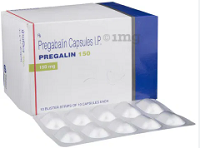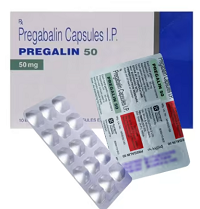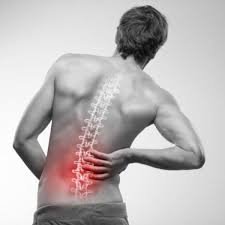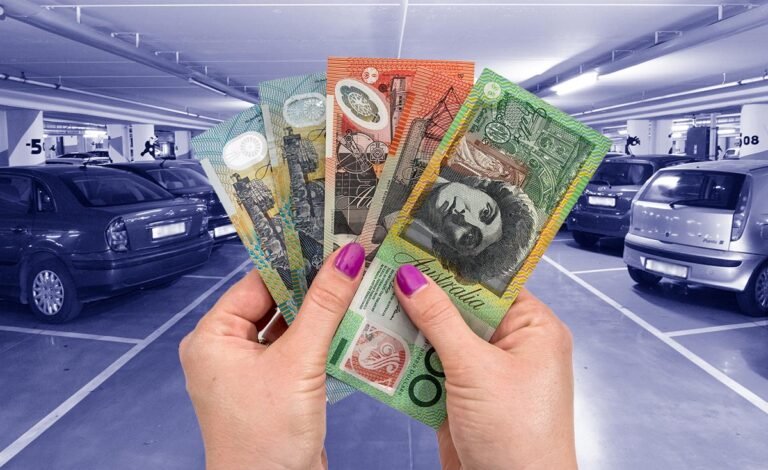Nerve Pain Management Strategies: A Comprehensive Guide
Understanding Nerve Pain
Nerve pain, also known as neuropathic pain, is a complex condition that can significantly impact an individual’s quality of life. It arises from damage to or dysfunction of the nervous system, leading to sensations of burning, tingling, or shooting pain. Unlike nociceptive pain, which results from tissue damage, nerve pain stems from abnormalities in the nerves themselves. Conditions such as diabetes, multiple sclerosis, and nerve compression injuries commonly cause nerve pain.
Identifying the Symptoms
Recognizing the symptoms of nerve pain is crucial for effective management. Patients may experience a variety of sensations, including:
1. Burning Sensation
A persistent burning sensation, often described as “pins and needles,” is a hallmark symptom of nerve pain. This sensation can range from mild discomfort to severe, debilitating pain.
2. Tingling or Numbness
Many individuals with nerve pain report feelings of tingling or numbness in the affected area. This sensation may come and go or persist over time.
3. Shooting or Electric-like Pain
Nerve pain can manifest as sudden, shooting pains that radiate along the nerves. These electric-like sensations can be intense and unpredictable.
Treatment Options
Managing nerve pain requires a multifaceted approach tailored to each patient’s unique needs. While complete eradication of nerve pain may not always be possible, effective management strategies can help alleviate symptoms and improve quality of life. Here are some key treatment options:
1. Medications
Various medications can help manage nerve pain by targeting different aspects of the nervous system. These may include:
- Antidepressants: Certain antidepressant medications, such as tricyclic antidepressants and serotonin-norepinephrine reuptake inhibitors (SNRIs), can help alleviate nerve pain by affecting neurotransmitter levels in the brain.
- Anticonvulsants: Drugs commonly used to treat epilepsy, such as gabapentin and pregabalin, have also been found to be effective in managing nerve pain by stabilizing abnormal electrical activity in the nerves.
- Painkillers: Over-the-counter pain relievers like acetaminophen or prescription opioids may provide temporary relief from nerve pain, but their long-term use should be carefully monitored due to the risk of dependence and side effects.

2. Physical Therapy
Physical therapy techniques, including exercises, stretches, and manual therapies, can help improve strength, flexibility, and range of motion while reducing nerve pain symptoms. A skilled physical therapist can develop a customized treatment plan to address the specific needs of each patient.
3. Transcutaneous Electrical Nerve Stimulation (TENS)
TENS therapy involves the use of a small, battery-operated device that delivers low-voltage electrical impulses to the nerves through electrodes placed on the skin. These electrical impulses can help block or modify pain signals, providing relief from nerve pain without the need for medication.
4. Injection Therapies
In some cases, injections of corticosteroids, local anesthetics, or other medications directly into the affected area may help reduce inflammation and alleviate nerve pain. Common injection sites include joints, trigger points, and nerve roots.
5. Lifestyle Modifications
Certain lifestyle changes can help manage nerve pain and improve overall well-being. These may include:
- Maintaining a healthy weight: Excess weight can put added pressure on nerves, exacerbating pain symptoms. Adopting a balanced diet and engaging in regular exercise can help manage weight and reduce nerve pain.
- Stress management: Stress can exacerbate nerve pain symptoms. Practices such as deep breathing exercises, meditation, and mindfulness can help reduce stress levels and improve coping mechanisms.
- Avoiding triggers: Identifying and avoiding activities or environmental factors that exacerbate nerve pain can help minimize discomfort and improve quality of life.
Conclusion
Nerve pain can be a debilitating condition that significantly impacts daily life. However, with proper management and treatment, individuals can find relief from symptoms and improve their overall quality of life. By incorporating a combination of medication, physical therapy, lifestyle modifications, and other therapies, patients can take control of their nerve pain and restore function and mobility.
Pregalin 150mg Capsule 10’s belongs to a group of drugs called ‘anti-convulsants’, which are principally used in the prevention of neuropathic pain, epilepsy (seizure episodes), fibromyalgia (musculoskeletal pain), and neuralgia. Neuropathic pain is persistent nerve pain caused by nerve damage from a number of conditions such as diabetes, shingles (a viral infection that causes a painful rash), spinal cord injury, and tissue, muscle, or joint injuries.
Types of Nerve Pain
1. Peripheral Neuropathy
Peripheral neuropathy refers to damage or dysfunction of the peripheral nerves, which are responsible for transmitting signals between the central nervous system and the rest of the body. This type of nerve pain often presents with symptoms such as tingling, numbness, and burning sensations, typically in the hands and feet. Peripheral neuropathy can result from various underlying conditions, including diabetes, autoimmune disorders, infections, and exposure to toxins.
2. Radiculopathy
Radiculopathy occurs when the nerve roots that exit the spinal cord become compressed or irritated, leading to pain, numbness, or weakness along the affected nerve’s pathway. Common causes of radiculopathy include herniated discs, spinal stenosis, degenerative disc disease, and spinal tumors. Depending on the location of the compression, radiculopathy can affect different regions of the body, such as the neck (cervical radiculopathy) or lower back (lumbar radiculopathy).
3. Trigeminal Neuralgia
Trigeminal neuralgia is a specific type of nerve pain that affects the trigeminal nerve, which is responsible for sensation in the face. Individuals with trigeminal neuralgia often experience sudden, severe facial pain, typically described as sharp, stabbing, or electric-like in nature. Activities such as eating, talking, or even lightly touching the face can trigger intense pain episodes. Trigeminal neuralgia can be caused by compression of the trigeminal nerve by a blood vessel or other structural abnormalities.
4. Postherpetic Neuralgia
Postherpetic neuralgia is a complication of shingles, a viral infection caused by the varicella-zoster virus, which also causes chickenpox. After a person recovers from shingles, the virus may remain dormant in the nerve tissues and become reactivated, leading to persistent nerve pain in the affected area. Postherpetic neuralgia is characterized by burning, throbbing, or shooting pain, often accompanied by hypersensitivity to touch or temperature changes.
5. Complex Regional Pain Syndrome (CRPS)
Complex regional pain syndrome is a chronic pain condition that typically develops after an injury, surgery, or trauma to a limb. It is characterized by persistent, disproportionate pain that is out of proportion to the initial injury. CRPS symptoms may include continuous burning or throbbing pain, changes in skin color or temperature, swelling, and abnormal sweating. The exact cause of CRPS is not fully understood, but it is believed to involve dysfunction of the central and peripheral nervous systems.








